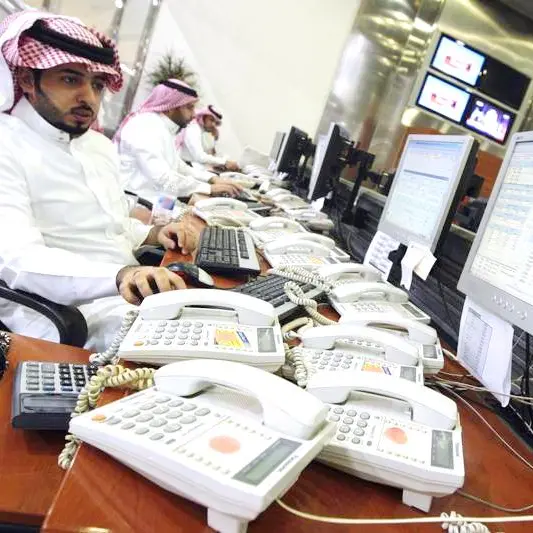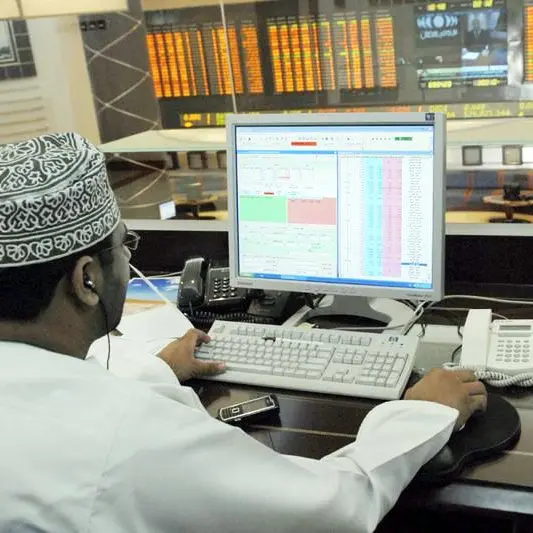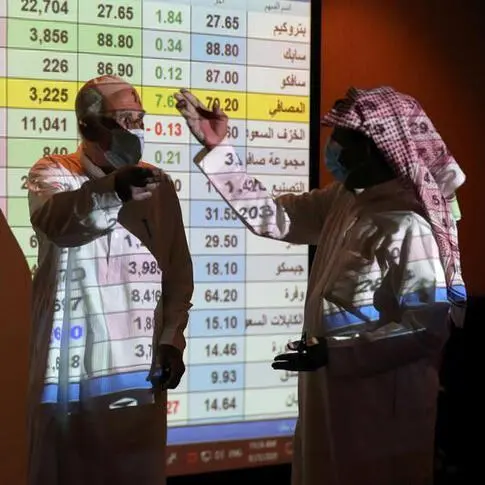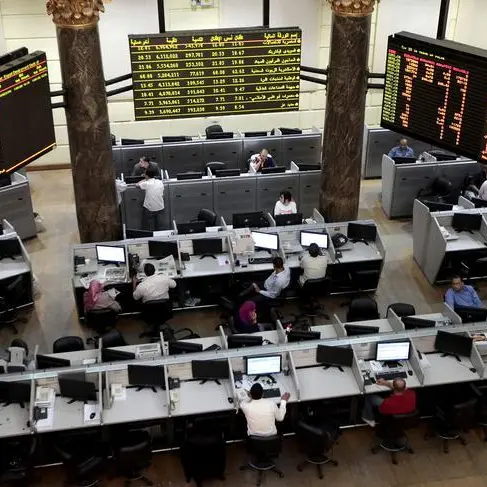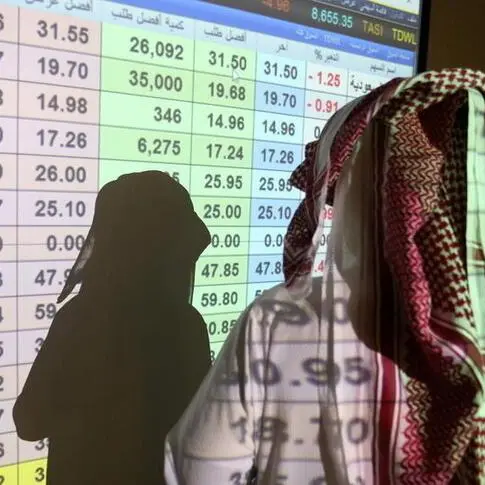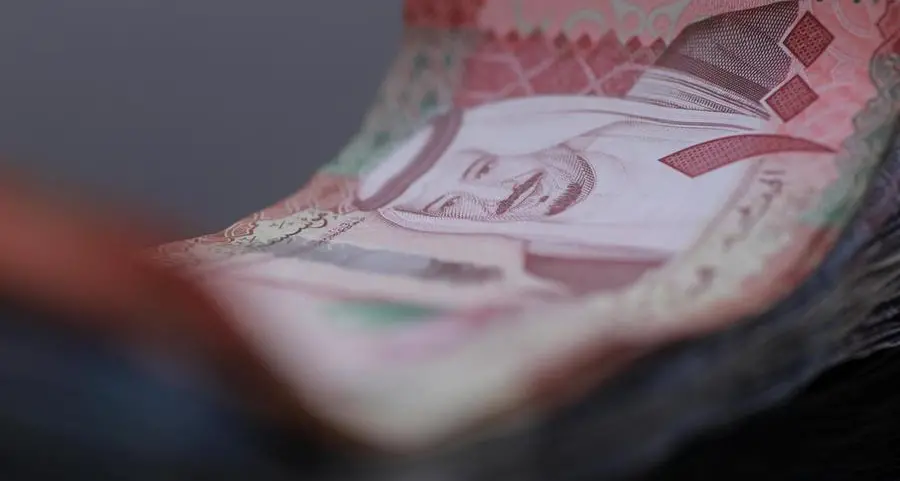PHOTO
Both corporate and government borrowers from the Gulf Cooperation Council (GCC) states are expected to tap into the international bond markets during the first half of 2021.
It makes eminent sense to issue bonds on international markets while the going is good. Interest rates are low because of trillion-dollar stimulus packages in the developed world, while yield is hard to come by, which makes emerging economy fixed income assets attractive to foreign investors.
The National Commercial Bank (NCB) appointed Citigroup, Emirates NBD, Goldman Sachs, JP Morgan, Mitsubishi UFG, NCB Capital and Standard Chartered as lead managers and bookrunners for a potential dollar-denominated bond issuance to boost the bank’s tier 1 capital base as well as for general corporate purposes. The number and value of the paper will be determined according to investors’ appetite. The Kingdom’s largest bank is following its peers in Abu Dhabi and Dubai to the dollar sukuk market. Last week, Abu Dhabi First bank raised a 10-year $500 million sukuk and Dubai’s Emirates NBD also raised funds on the international sukuk markets.
Last year, emerging economies issued $754 billion on international bond markets, which was split into $480 billion worth of corporate debt and $277 billion of government bonds. In terms of total size, Middle Eastern issuers ranked third — with 20 percent — after Latin America and Asia.
The attractiveness of GCC bonds is illustrated by the following Bloomberg statistic dated Jan. 15, 2021: Investment grade yields in regional markets were 47 basis points (bps) above the international average, and exceeded global high yield assets by 111 bps.
Oman, which arguably has among the biggest financing needs, was first out of the gate in terms of government bonds. It raised $3.25 billion in three tranches: $1.75 billion of 10-year paper priced at 6.25 percent, $1 billion with a 30-year maturity priced at 7.25 percent, and $500 million at 4.45 percent, which will expire in 2025. The country is expected to raise a further $750 million to $1 billion during the remainder of the year.
Both the corporate and sovereign offerings were easily underwritten. In the case of Oman, the actual pricing was well below estimates.
In terms of investors, it is horses for courses. Investment grade investors seek stability and will generally hedge for the interest rate exposure, while high-yield investors are confident that they will not be caught out by interest rate developments. In return, they are willing to contend with a higher risk exposure.
We can expect more corporates and sovereigns to capitalize on this development. Last year, Saudi Arabia raised $21.24 billion on the international bond markets, while the UAE, Qatar and Bahrain raised $15 billion, $10 billion and $4 billion, respectively.
One can expect GCC governments to tap into global bond markets at the beginning of the year. Saudi Arabia is said to be in negotiations with potential advisers. This makes ultimate sense, because it will allow those economies to capitalize on market conditions, which are currently in their favor.
The amounts and sequencing of bond issuance for governments will depend on the 2021 outlook of oil prices and what that means for their budgets. The success and pricing of both sovereign and corporate issuers on the international bond markets will depend on interest rate developments, the dollar and the resulting attractiveness of emerging markets, as well as the risk appetite of investors.
- Cornelia Meyer is a Ph.D.-level economist with 30 years of experience in investment banking and industry. She is chairperson and CEO of business consultancy Meyer Resources. Twitter: @MeyerResources
Copyright: Arab News © 2021 All rights reserved. Provided by SyndiGate Media Inc. (Syndigate.info).

